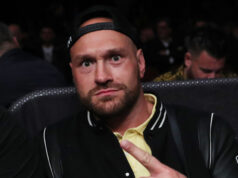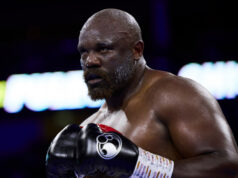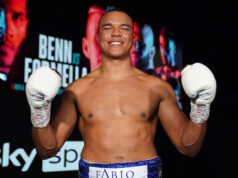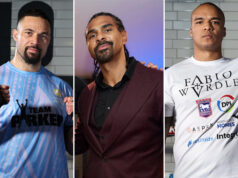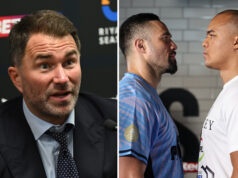Which Sanctioning Bodies Have the Best Fighters and Champions?
The WBA was the first “alphabet soup” organization, with the WBC effectively splintering away from it in 1963. For a long time, these were the only two meaningful world sanctioning bodies, but these two grew into the “Big Three” with the arrival of the IBF in the 1980s and then into the “Big Four” with the widespread acceptance of the WBO in the 1990s. The latter two made the transition from being nobodies to somebodies — a transition many fringe sanctioning groups have not made — largely on the backs of their champions. Once the IBF and WBO had recognizable fighters dueling over their belts on a consistent basis, respect as a peer of the WBA and WBC followed. The networks started recognizing their belts as legitimate, and the International Boxing Hall of Fame certified their crowns as recognized championships.
A Modest Proposal
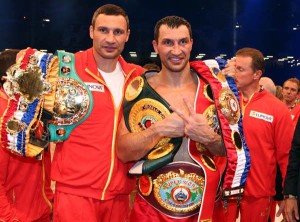
I have a modest proposal: if a world sanctioning body can establish itself on the basis of having solid world champions carrying their banner, then a consistent lack of such excellent standard bearers ought to de-certify them as well. After all, none of these sanctioning groups can claim their professional methods or moral standards cement their claim to legitimacy, as all of them are tainted by scandal. If a group consistently fails to attract and retain some of the best boxers in the world to their belts, what separates them from fringe groups like the WBU?
To further this proposal, I intend to keep track of each of the Big Four’s standing by tracking how many top fighters each group has wearing one of its belts. Every six months, I will return to this idea and produce a new tally of who has how many of the best in the business wearing their belts. My guidelines are as follows:
1) Ideally, only a weight class’s leading champion, based on a broad consensus in the boxing community, is suitable for inclusion as a championship standard bearer. If a division has no such clear ruler-by-consensus, then the clear contenders for the throne count instead. I will mark such fighters with an asterisk.
2) A fighter must have defended said title at least once to count as a standard bearer for a sanctioning body, since the point of this exercise is to determine who attracts and retains the best. There are many instances of a boxer winning a belt in a unification bout only to be stripped or to vacate one or more titles shortly thereafter, and I don’t think having a real champion win a belt only to lose it or dump it shortly thereafter adds much to a sanctioning body’s credit.
3) Only the core world championship of a sanctioning body counts in this exercise. Interim titles, diamond titles, championships in recess, and all the other ridiculous dilutions of boxing’s world championships do not count.
4) Unified champions count for all organizations in question, assuming all the other guidelines above have been met.
The Results
IBF, Total of Top Champions – 3: Wladimir Klitschko, Steve Cunningham, Nkosinathi Joyi*
WBA Total of Top Champions – 6: Andre Ward*, Miguel Cotto*, Amir Khan*, Juan Manuel Marquez, Takashi Uchiyama*, Hugo Cazares
WBC Total of Top Champions – 3: Carl Froch*, Toshiaki Nishioka*, Pongsaklek Wonjonkam
WBO Total of Top Champions – 7: Wladimir Klitschko, Sergiy Dzinziruk*, Manny Pacquiao, Timothy Bradley*, Juan Manuel Marquez, Ricky Burns*, Raul Garcia*
Notes: Bernard Hopkins could not be included because he has yet to defend his WBC title. Featherweights Chris John and Yuriorkis Gamboa are both “super” champions according to the WBA, and that dilution of the WBA’s core title therefore disqualifies both of them from inclusion.
So, in terms of who can attract and retain the best boxers in the business, the WBO is currently the leading sanctioning organization, followed closely by the WBA. The IBF places in third, with the WBC bringing up the rear with two top contenders and only one leading champion. Had the WBC not stripped Sergio Martinez earlier this year, then the IBF would have come in last.
The Fringe Organizations
Of the fringe organizations, only the IBO has any potential to replace one of the existing members of the “Big Four” (one can only hope that boxing’s crowns are not further split from four pieces into five!). The IBO does not have a full slate of champions at the present time, and of the champions they do have only Wladimir Klitschko and Bernard Hopkins (who, as mentioned above, does not yet qualify by these standards) are clear leaders in their weight class, so the IBO ranks below even the WBC.



